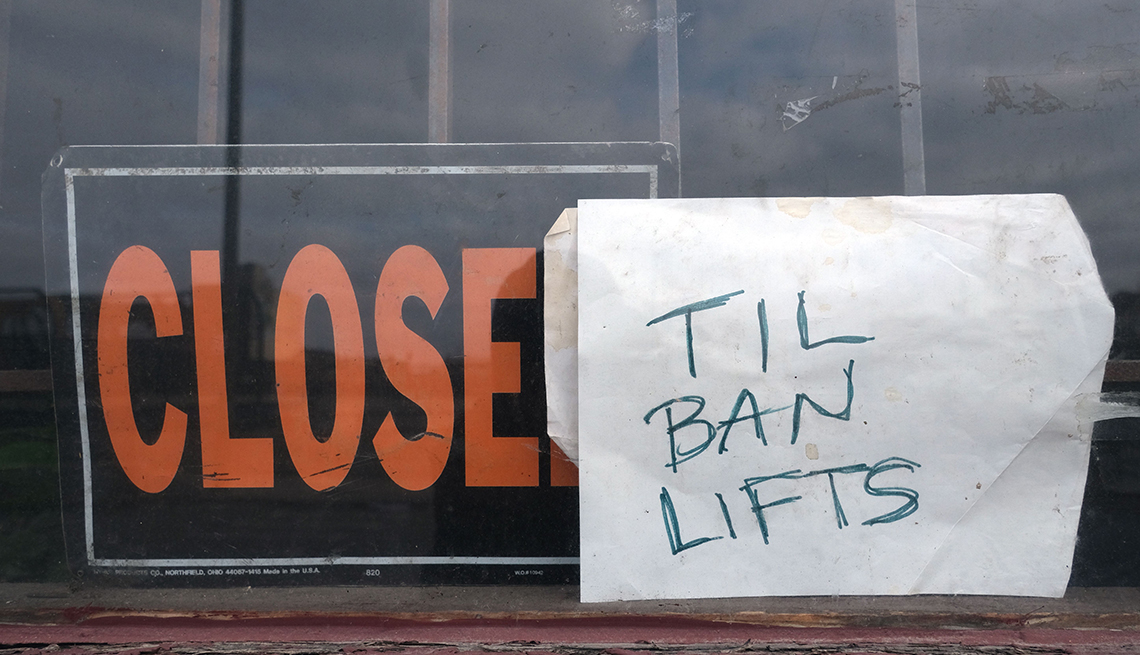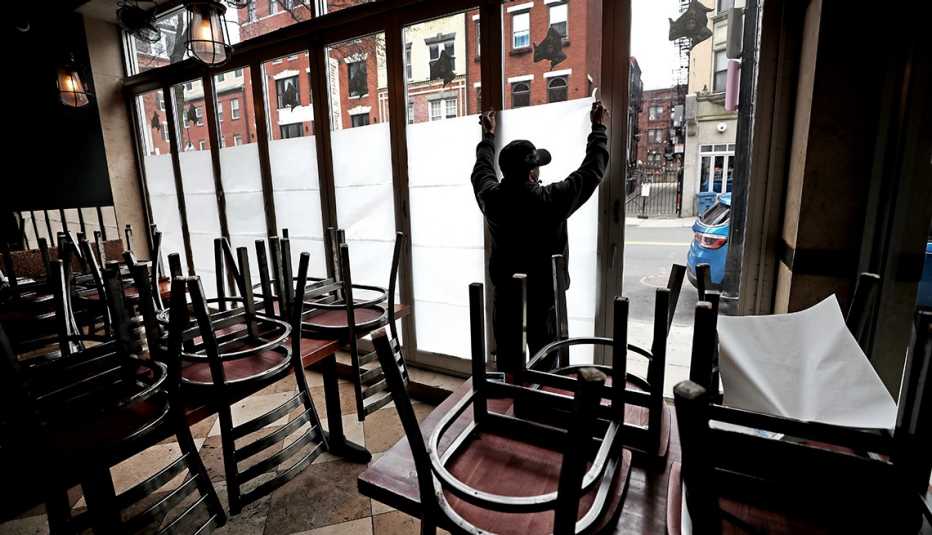Staying Fit
Older adults and people with chronic health conditions around the country should continue to stay home and practice physical distancing as much as possible, even as some states and cities move to relax restrictions around slowing the spread of the coronavirus.
The advice stems from a set of guidelines that President Donald Trump introduced on Thursday — a road map, of sorts, that state and local leaders can use to reopen their communities with “a phased and deliberate approach.” The guidelines, called “Opening Up America Again,” recommend a three-stage plan for “reentering into normality,” as White House coronavirus task force member Anthony Fauci, M.D., put it in a Thursday evening press briefing.


AARP Membership— $12 for your first year when you sign up for Automatic Renewal
Get instant access to members-only products and hundreds of discounts, a free second membership, and a subscription to AARP the Magazine.
"The dominating drive” of the plan, said Fauci, who leads the National Institute for Allergy and Infectious Diseases, is to “make sure that this is done in the safest way possible” and to protect the country's most vulnerable, including older adults and people with underlying health conditions, who are at increased risk of serious complications from COVID-19, the illness caused by the coronavirus.
Trump emphasized that it will be up to the country's governors to decide when to reopen their states and that he expects some, including areas hit hardest by the virus, will take longer than others to do so. If state and local officials follow the guidelines, here's what things might look like:
Older adults, high-risk populations continue to distance
Once a state or county can demonstrate that the number of people who report symptoms and the number of positive tests for COVID-19 have declined for at least 14 days, leaders can move into three consecutive phases that gradually relax restrictions and slowly reopen schools, restaurants and other businesses, and permit visits to senior living facilities and elective surgeries. The plan specifies that hospitals also must be able to “treat all patients without crisis care” before starting the reopening process.
The guidelines, however, are based on the expectation that individuals continue to exercise good hygiene and stay home when they are feeling sick. Cloth face coverings in public also are advised. “You want to call it ‘the new normal’ — you can call it whatever you want. But even if you are in phase one, two, three, it's not, ‘OK, game over,'” Fauci said. Keeping up the everyday health precautions that public health officials have stressed since the start of the coronavirus outbreak is “going to be a way that we protect ourselves,” he added.
In the first two phases, older adults and people with underlying health conditions — including those with high blood pressure, chronic lung disease, diabetes, obesity, asthma and a compromised immune system — should continue to shelter in place, according to the guidelines. What does this mean? Stay home and away from other people as much as possible to limit your exposure to the virus.


































































